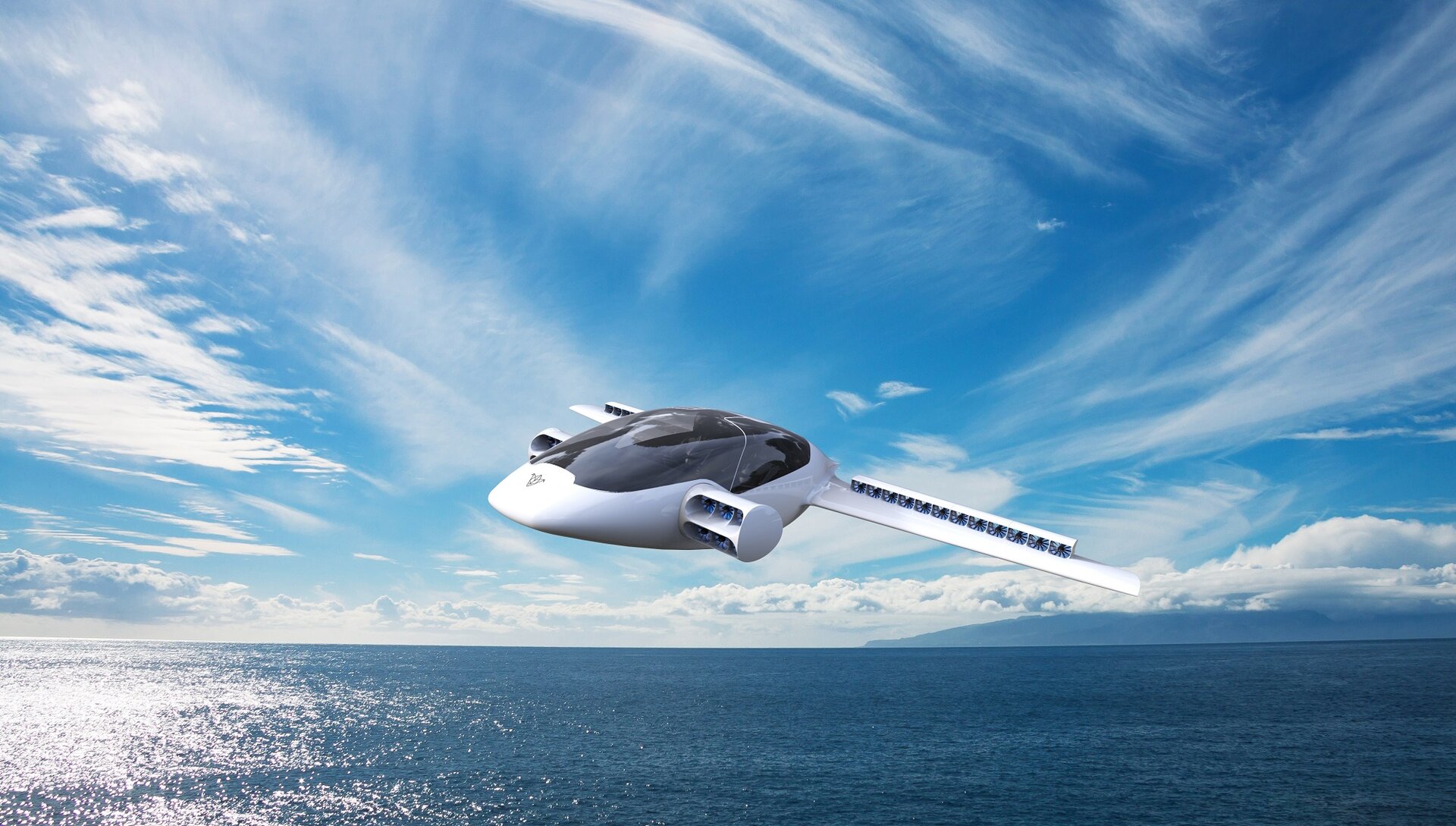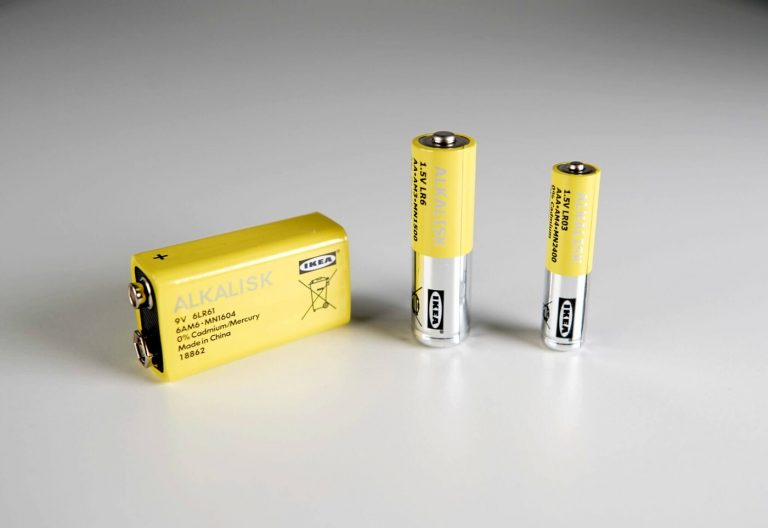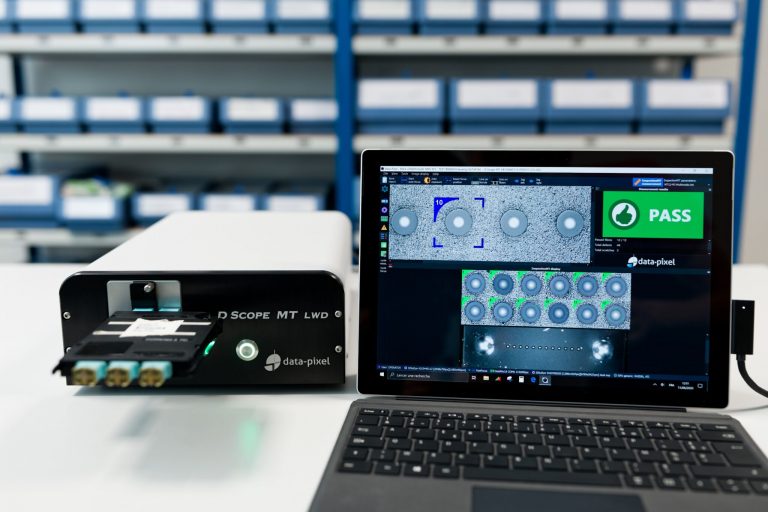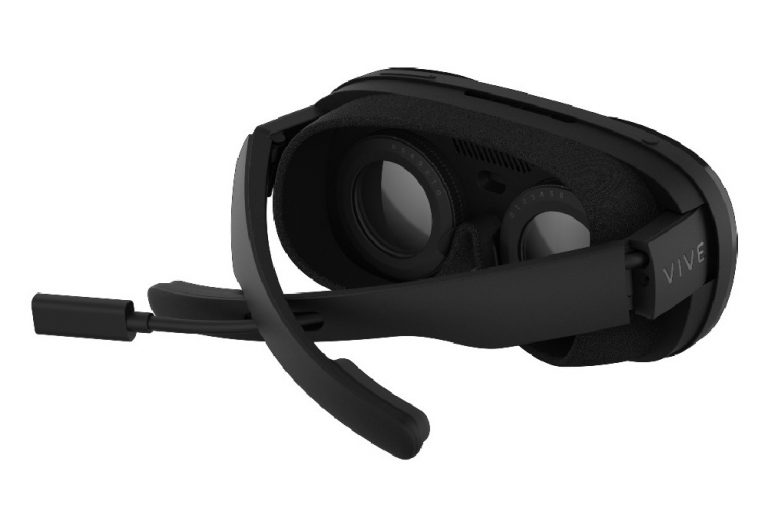This vertical take-off plane can fly 1,000 km!
Despite the pandemic, the manufacturer AMSL Aero continues to advance on its VTOL Vertiia and counts start test flights soon. The prototype, designed to cross the vast expanses of Australia, now has a range of 1,000km.
You may also be interested in
The Darpa works on an electric plane with vertical take-off Vertical take-off planes have been around for about a hundred years, but this new model presented by Darpa (the US Army’s research and development agency) is quite astonishing. In flight, its wings rotate and achieve high speed in a very short time. Here is a video demonstration of this new kind of aircraft.
The competition is rage among builders of VTOL – or aircraft with vertical take-off and landing – even though they are still only at the prototype stage. The Australian company AMSL Aero has just taken a new step by presenting an improved version of its prototype called Vertiia .
So that it is already one of the most efficient devices, its performance has been revised upwards. The VTOL is still capable of flying 250 kilometers on batteries, but the company is focusing on operation with batteries. fuel to General
Symbol: H Atomic number: hydrogen . The Vertiia was designed for Australia , where it will have to travel long distances. For the same mass than the batteries, the device can now achieve a range of 1,000 kilometers and carry a pilot and four passengers with a total load of 500 kilograms .
Certification for 2024?
The aircraft has eight rotors, in two rows of four, capable of pivoting for a thrust vertical for take-off, or horizontal for flight. It can reach a speed having a direction and an intensity is represented by a vector, the speed vector. Relative speed is the speed of one body relative to another or relative to a benchmark. Speed cruising speed of 300 km / h and could potentially go much faster. The rotor blades have been specially designed to reduce the flutter (or aeroelastic coupling) inherent in this configuration. mass, the manufacturer indicates that the device could potentially reach 500 km / h without “flutter”.
The development of the Vertiia has however suffered some delays due to the pandemic , which has shifted forecasts. The aircraft will soon be ready to begin the test flights , planned at the start next year elder. Now, the company hopes to obtain certification and start production of the device in 2024.

This electric vertical take-off plane could reach 300 km / h
This Hybrid device in zoology
In zoology, a hybrid refers to an animal resulting from a cross between two different species. This offspring is almost always hybrid , between airplane and Invented in 1907 by Paul Cornu
The helicopter , is a vertical take-off and landing aircraft. It is intended for medical transport. Fueled by hydrogen, it could have a range of 800 km with a cruising speed of 300 km / h.
Article published by Louis Neveu on 11/29/2020
It is not only the projects of flying taxis in Organic matter, nitrogenous matter, etc.
There are different families like:
organic matter, which constitutes living beings (animals or plants) or material of VTOL , ie aircraft vertical take-off and landing. AMSL Aero, an Australian company has just designed, with the support of the University of Sydney and the company Mission Systems, a prototype dedicated to medical transport. This air ambulance is called the Vertiia. The aircraft is fitted with eight electric rotors powered by a hydrogen fuel cell. With this engine, the aircraft manufacturer indicates that the Vertiia has a range of 800 km. A version powered only by batteries could reach 250 km of autonomy.
It would even be able to evolve in cruise at 300 km / h. Exceptional performance for a hybrid multirotor VTOL . It is an airplane, although the carbon fiber cabin resembles that of a helicopter. Two Function of a beam
Arranged horizontally, the beam is used to support loads above the void and to connect the pillars, columns or beams also in carbon fiber, placed at the front and at the rear each accommodate four engines. These elements are movable and allow the rotors to be directed upwards for the hovering and landing.
The eight engines provide a sufficient level of redundancy to ensure flight continuity in the event of failure. © AMSL Aero
Operational in 2023?
For cruising, the rotors are positioned horizontally. On the back of each engine , ailerons are present. They only serve to control the correct flow of the air flow while cruising and increase the lift so that the aircraft spends as little energy as possible in horizontal flight. The cabin can accommodate two to three people in tandem, including the pilot. That said, AMSL Aero clarifies that the aircraft has autonomous flight capabilities that may well be activated in the future.
At the moment, AMSL Aero has signed a partnership with CareFlight, a company specializing in medical transport interested in a device capable of landing and taking off without the need for an airport. According to AMSL Aero, the Vertiia could be operational for the medical transport from 2023. A very optimistic horizon given that the certification of the aircraft must be validated with aviation authorities.







